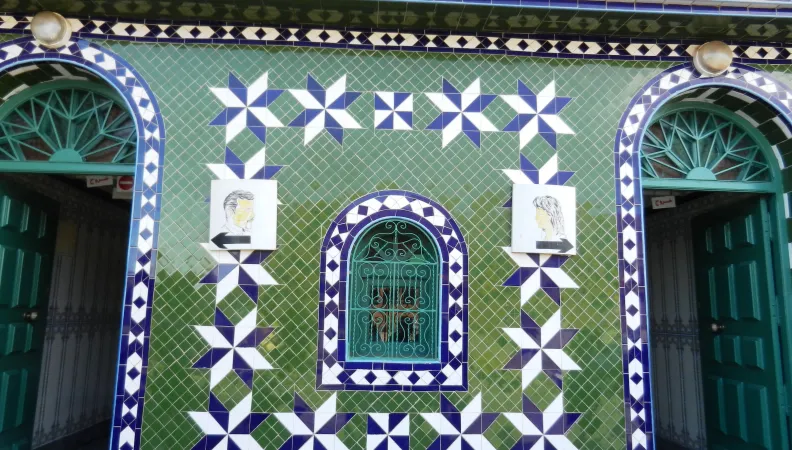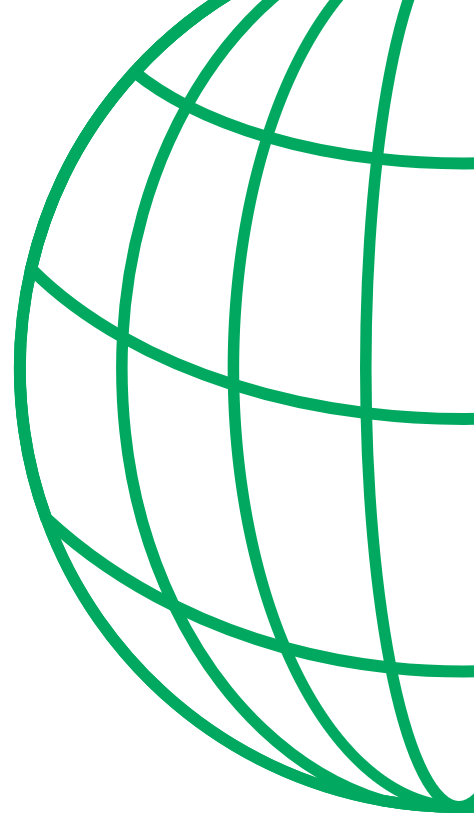Share the page
Sustainable Hammams in Morocco
Project


-
Project start date
-
Status
Completed
-
Estimated date of project termination
-
-
Project financing date
-
-
Financing duration
-
4 years
-
Type of program
-
FFEM
-
Global financing amount
-
€ 2 676 859
-
FFEM financing amount
-
€ 1 000 000
-
Project lead member institution(s)
-
Ministry of the Ecological Transition, Biodiversity, Forests, Sea and Fisheries
-
Country and region
-
Morocco
-
Type of financing
-
Beneficiaries
-
GERES
-
Type of beneficiary
-
NGO, Foundation
Hammams are an integral part of Moroccan culture. However, their viability is threatened by rising fuel and water costs, as well as the pollution they generate. The program aims to address these challenges by introducing clean and resource-efficient technologies and practices in hammams.
Context
An essential element of Moroccan culture, the hammam is a major consumer of firewood and water.
In a context of increasing scarcity and rising costs of these resources in Morocco, the energy modernization of hammams has become an environmental and economic necessity—one that is vital to their long-term sustainability. However, the hammam sector lags behind many others in its capacity for adaptation. This observation led its supervising body, the Ministry of Handicrafts, to take on the challenge by launching a strategic reflection on its modernization from health, social, economic, and environmental perspectives.
The program is fully aligned with this momentum.
Description
- Implement 10 demonstration projects that benefit from dedicated technical support and monitoring;
- Support the development within the private sector (consulting firms, suppliers, etc.) of a service and technology offering that meets the needs of hammam modernization;
- Pilot an investment advance mechanism for hammams through a dedicated revolving fund;
- Develop investment decision-making tools for hammam owners and operators.
The program primarily stimulates existing initiatives and proven solutions, while also encouraging the emergence of a market for more innovative and complex solutions that are not yet, or only scarcely, adopted in the hammam sector, but have demonstrated their effectiveness in other contexts.
Its areas of intervention in modernizing hammams include: fuel supply and preparation, the production and distribution of hot water and heat, and the management of domestic hot water.
The program targets large-capacity hammams that rely on firewood and are technically capable of modernization. Demonstration projects are being implemented across Morocco, with a focus on specific cities: Casablanca, Rabat, and Chefchaouen.
Outcomes
In 2015 and 2016, five model hammams were renovated at a total cost of MAD 4,000,000 (€360,000). Over 50% of this amount was financed through interest-free loans. Each owner now benefits from annual savings ranging between MAD 100,000 and 200,000, while avoided CO₂ emissions often represent 50% to 60% reductions.
Other expected outcomes include:
- Supporting the emergence of a market for high-performance equipment and services, thereby stimulating the economy surrounding the hammam sector—particularly benefiting suppliers, installers, and consulting firms.
- By ensuring the viability of hammams and the long-term sustainability of the sector, the program contributes to preserving the important social functions hammams play in Moroccan society—as places of gathering (especially for women), hygiene, and preparation for many religious or civil rituals.
- Improving health conditions by reducing air pollution, an especially critical issue in highly polluted cities such as Casablanca. The program has a direct impact on the immediate surroundings of hammams, which are often affected by smoke emissions.
- Enhancing the working and living conditions of fernatchis (hammam furnace operators) through the introduction of modern equipment.
- More broadly, the program engages hammam managers in environmental protection and energy efficiency efforts.


